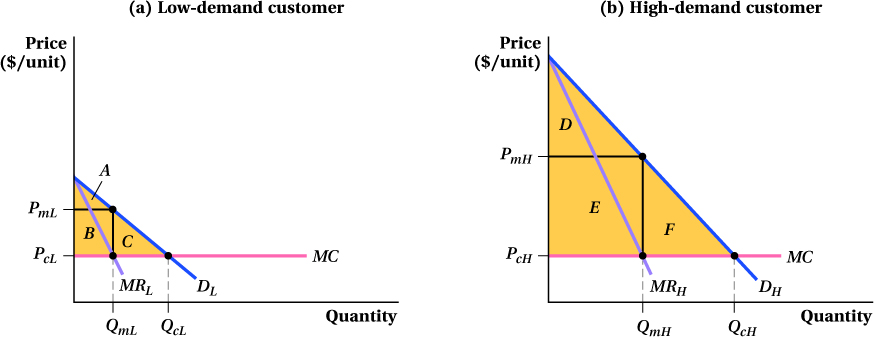
Figure 10.10 Two-Part Tariff with Different Customer Demands
(a) For lo
w-demand customers, the firm would want to sell a quantity of QcL, charge a per-unit price of PcL and a fixed fee equal to the consumer surplus A + B + C. Because this is much lower than the consumer surplus for high-demand customers (D + E + F in panel b), such a pricing strategy will leave a lot of surplus to the high-demand customers in the market.
(b) For high-demand customers, the firm would want to sell a quantity of QcH, and charge a per-unit price of PcH and a fixed fee equal to D + E + F. Because this fixed fee is higher than the consumer surplus for low-demand customers, low-demand customers won’t buy anything.

